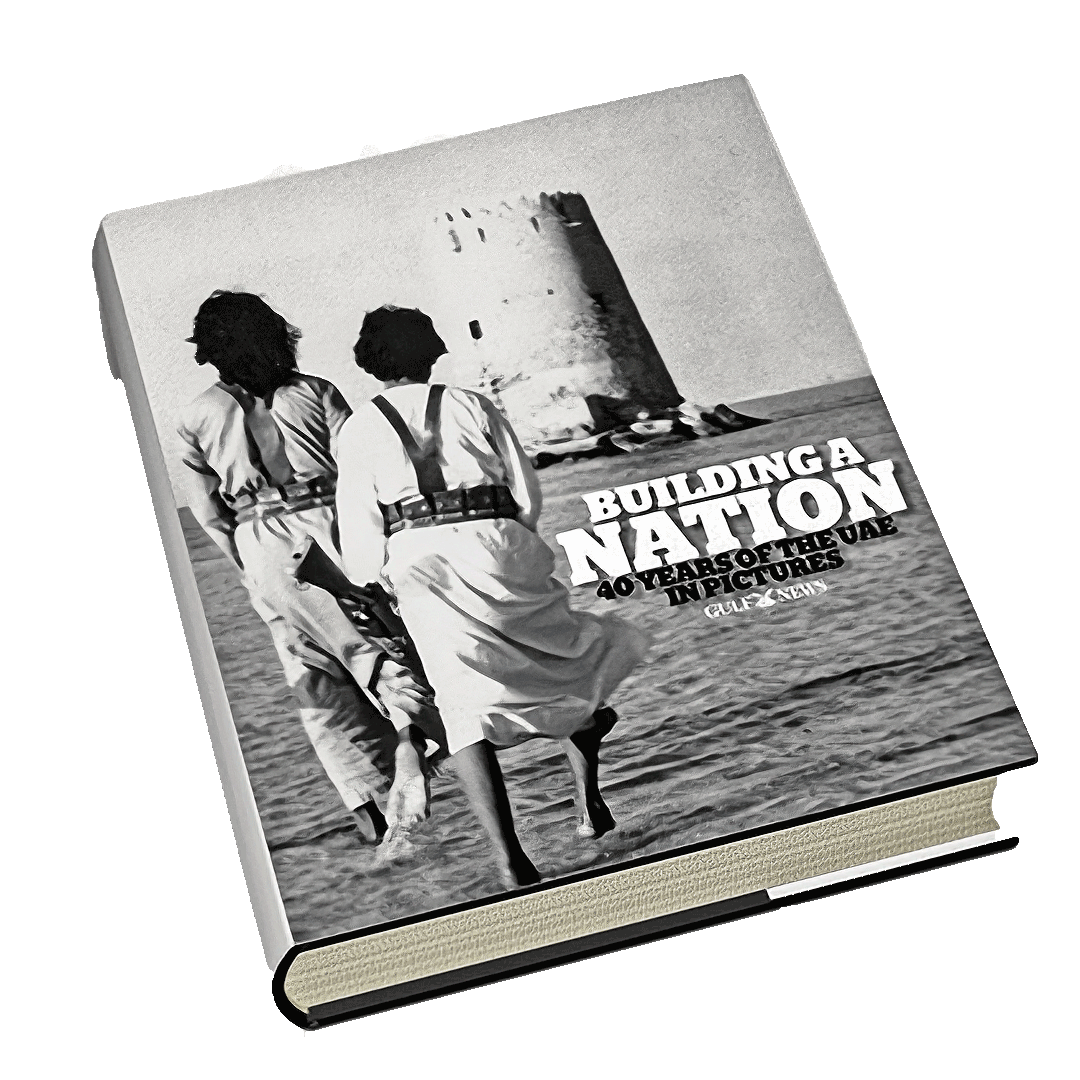
Al Ras Library was the city’s first public library, located in Deira inaugurated by Sheikh Rashid bin Saeed Maktoum Ras in 1963.
Al Ras Library had more than 100,000 books in several languages and 170 periodicals with
In 2019 Al Ras Public Library closed for essential maintenance.
Al Ras Public Library

Dubai Culture
Books about Dubai as it used to be are rare.
There are books that look back at Dubai as it used to be
Few were written and published back in those times.
This page lists those books that sit on my bookshelf plus a some books I know of about Dubai as it used to be.
There must be more books out there!!
Len Chapman
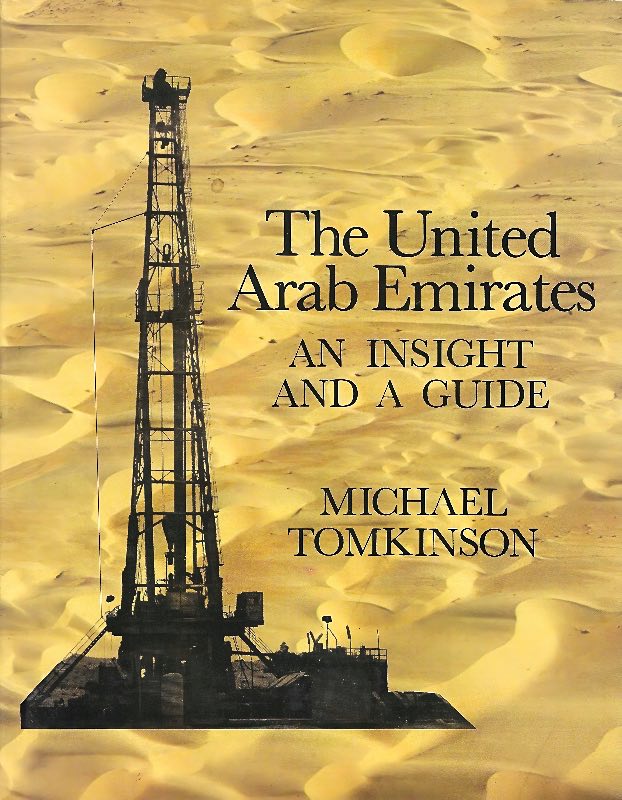
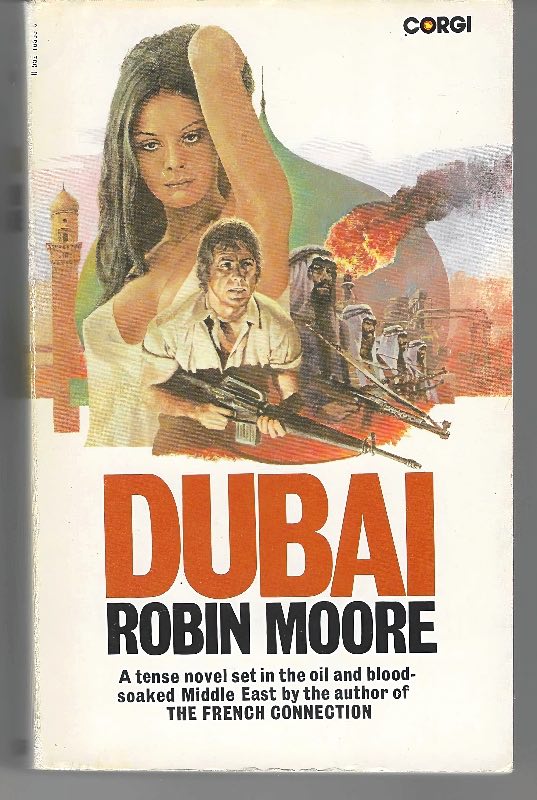
This book was banned in Dubai but copies found their way into the public's hands.
Most Dubai Expats have read "Dubai" and had a laugh but, nevertheless, rated the book as a great read.
Some claim to recognise Dubai's real life "characters" as the basis for the colourful fictional characters of the book. Most of Robin Moore's information was reputed to have been gathered listening to gossip in the bar at the old Al Bustan Hotel (since demolished). The "Ten Tola Bar" featured in the book may well have been modelled on the bar at the old Al Bustan Hotel.
"Dubai"is set in the 1960s, some years before the United Arab Emirates formed when smuggling, gold and the prospect of oil was Dubai's focus.
"Dubai" is no longer in print. Used copies may be found on EBay or similar.
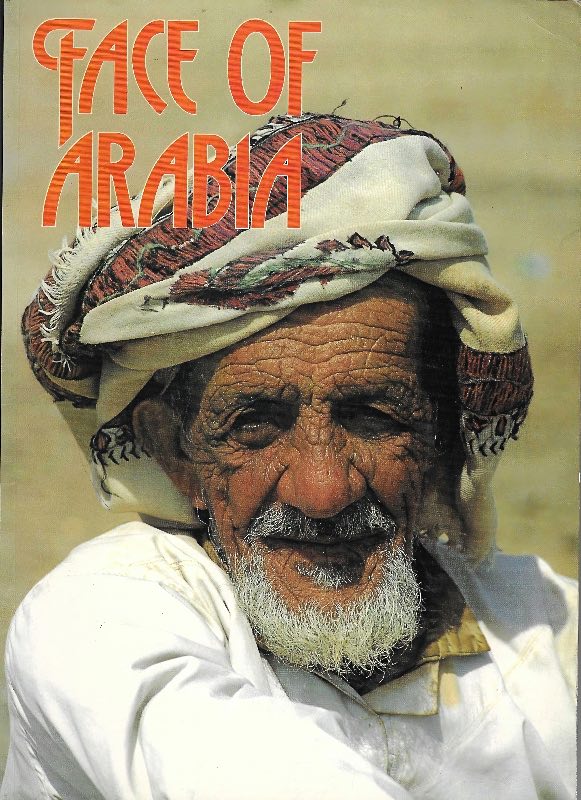
The book attempts to depict some of the features that have contributed to the Peninsular's history and to create a lasting visual record of what is the fastest changing part of the world.
Contains original images by Cecilia Green
No longer in print
Used Copies Available at:

Christine was born in Sydney Australia, and a freelance journalist and photographer who has contributed to worldwide newspapers and magazine on travel, sociology ad related customs.
In 1970-1 she received the Pacific Area Travel Writers' Award for travel journalism
"The Gulf States and Oman 1977" is her first book and the result of frequent visits to the Arabian Gulf between 1974 and 1976
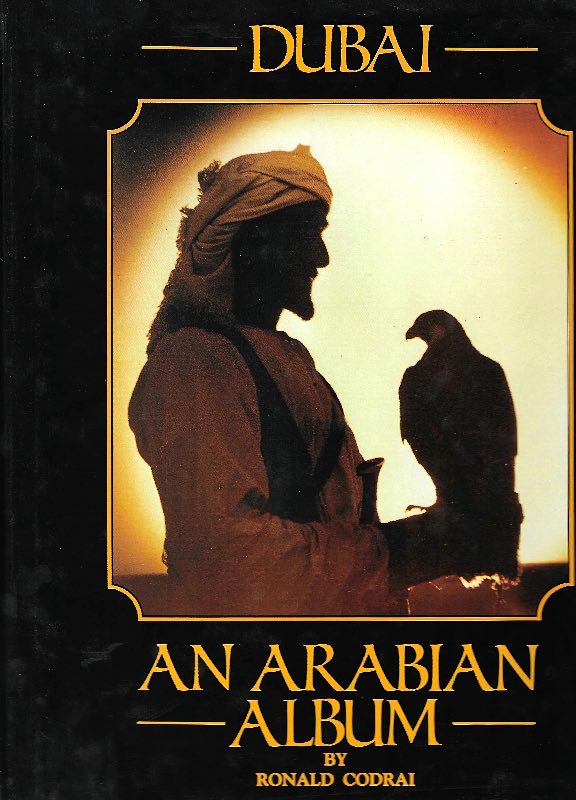
This Arabian Album is a personal record of the region as it was at mid-century, a brief glimpse at a small segment of history which I was privileged to witness. I am delighted that it is being published in the part of the world portrayed in the photographs, for that in itself symbolises the vast changes that have occurred since those days when there were no newspapers, telephones, radio or television, when typewriters were as few as motor cars and the nearest printing press was in Bombay.
Photography has always been my hobby and during my stay and travels in south-eastern Arabia I took numerous photographs. Many were the happy evenings I spent processing them in an improvised darmroom in our home, then wshing the results in the sea as we swam
Ronald Codrai 1992
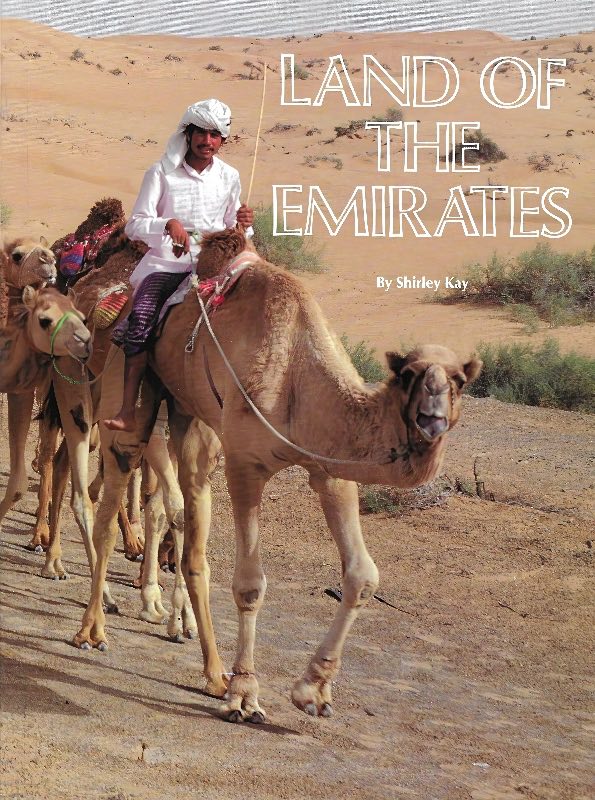
To the uninitiated, the landscape of the Emirates might seem to offer little in the way of attraction. Nothing could be further from the truth. For a start, the desert itself can be extremely beautiful. The mountain wad is may hide unexpected pools and vegetation, there are surprisingly extensive farms, gardens full of brilliant flowers - and with their wind-towers and modern office blocks, the cities are full of character.
In 1987, Dubai Television decided to make a documentary series of 13 programmes, to show the many facets of the land and life of the UAE, and to illustrate some of its attractions. This book is based on that series. It gives details of the places we filmed, and tells whereto find them. But the TV series looked at subjects - sand deserts, fisheries, industry and so on (and often explored just one example of each, a farm, a factoryetc, a formula I have sometimes followed here). For convenience, however, I have arranged the book rather differently from the films. It is presented geographically, with one chapter for each Emirate, so that the visitor can find the places of interestto him. I assume he will have a road map, and recommend he takes a map of the wadis if intending to leave the beaten track.
I should like to express my appreciation to HE Sheikh Hasher Maktoum, Director of Information in Dubai; Riyadh Shuaibi, Information Adviser; and Nasib Bitar, Controller of Programmes, who all took a personal interest in the TV series and made it possible. Permission to film was generously granted by the Emiri Diwans and Municipalities in the other Emirates, and I wish to thank them too.
Finally, thanks to Emirates, the international airline of the UAE, whose support made possible the publication of this book.
Shirley Kay
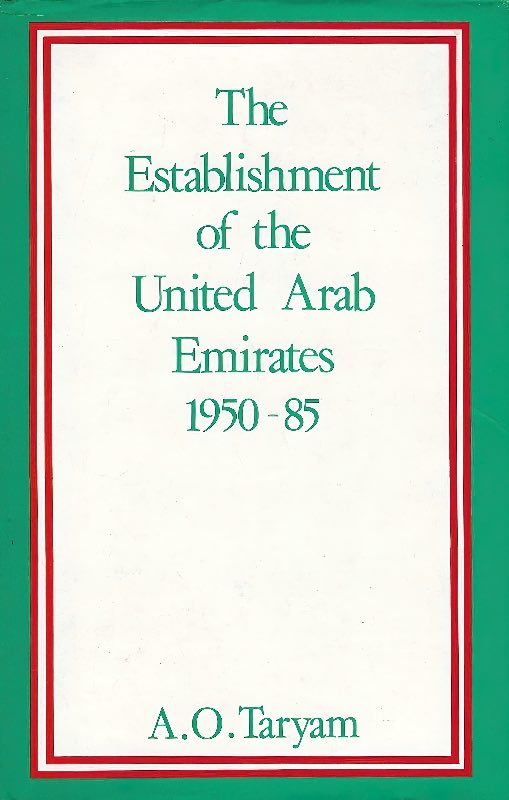
The Unlted Arab Emirates were established in response to the British decision to withdraw from the Gulf by 1971. This decision, announced in 1968, had left the rulers of the emirates perplexed and alarmed. After decades of mutual suspicion and rivalry, fostered by British imperial dominance, the emirates were now obliged to seek security in federal union.
Early in 1968 came the bilateral agreement for union between Abu Dhabi and Dubai. Then followed three years of prolonged negotiations between nine emirates, Bahrain, Qatar, Abu Dhabi, Dubai, Sharjah, Ajman, Umm al Qaiwain, Ras al-Khaimah and Fujairah to establish a union of nine emirates. Constitutional wrangles as to what form the union would take and hard bargaining as to who would get what position or who would give up which claim, prevailed throughout the negotiations. Bahrain was beset by Iranian claims and had no mind to enter into any agreement before this problem was solved. Qatar did not want to enter any agreement that did not ensure it a dominant position.
Eventually Bahrain and Qatar dropped out of the talks and declared themselves independent states in 1971. The other seven emirates entered into serious negotiations that ended, also in 1971, with the formation of a federal state to be called the United Arab Emirates.
This book chronicles this process which led to the establishment of the UAE and explains the circumstances which brought it about. It also examines the record of the first fifteen years of the federat ion and concludes that despite serious problems it has been broadly successful.
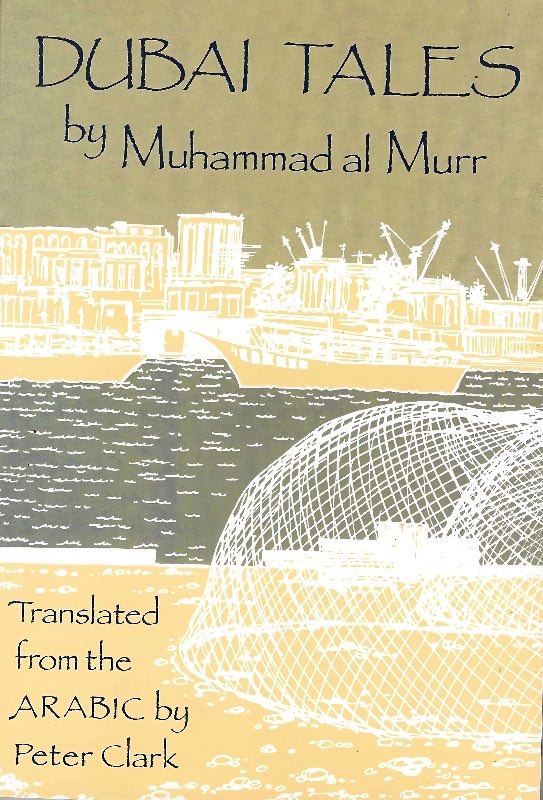
Muhammad al Murr was born in Dubai in 1955 and studied at Syracuse University in the United States. He has worked as a journalist and is the best-known writer of the United Arab Emirates.
Between 1982 and 1989 he published eleven collections of short stories. Of the 144 stories that have appeared in these volumes I have selected twenty one. The selection has been based on a number of criteria. The most significant has been that I liked them. I have also tried to present the range and development of Muhammad al Murr as a writer. I have chosen some stories that he has particularly liked. I have also been guided by the preferences of others.
All illustrate vividly aspects of the lives and values of the people of Dubai. For a century and more Dubai has been a major trading port in the Gulf with strong links with the countries further to the east. Since the 1960s - within Muhammad al Murr's own life time - the oil wealth of the region combined with the commercial skill of the people have transformed Dubai into a prosperous city. The expectations of the people of Dubai have expanded but traditional values based on Islam and family solidarity have sur vived and adjusted to a new world.
This is the social background to Muhammad al Murr's stories which are occasionally nostalgic, sometimes funny but always humane and unfailingly perceptive.
In preparing this collection I am grateful for their comments and suggestions to Theresa Alleguen Clark, Rebecca Bradley, Jack Briggs, Marie-Reine Shehayed and, not least, the author himself.
Peter Clark, Abu Dhabi, 1990
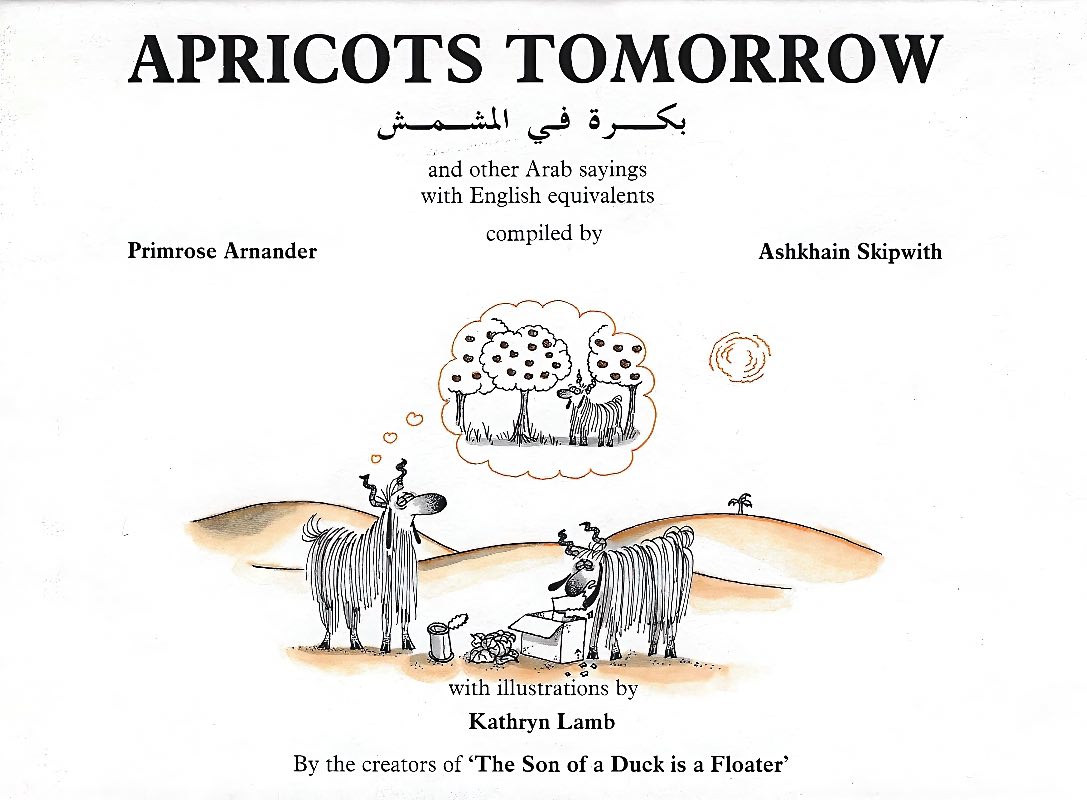
Arabic Proverbs translated into English
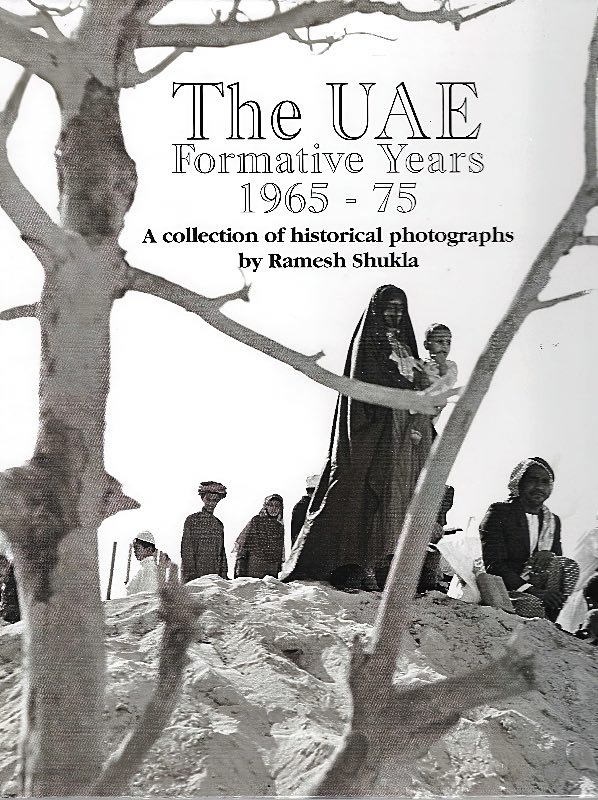
The coastal sheikhdoms that joined together to form the United Arab Emirates on December 2, 1971 were sovereign states along the Arabian coast between Qatar and Oman. Britain, with whom the states of the lower Gulf had long been under treaty obligation, had announced in 1968 that it would withdraw from the area in 1971, leaving the sheikhdoms the seemingly impossible task of forming a viable fe derat ion within just three years.
At a time when few photographers under stood or appreciated the value of recording the changes occurring in UAE so ciety, Ramesh Shukla was amassing a huge number of images showing every aspect of life in the emirates - from the development of a modern infrastructure in the fast-expanding cities to the unchanged traditional life of the smaller emirates.
Tbe UAE - Formative Years, 1965-75 is a selection of 130 black and white photographs spanning what are arguably the most important years in the history of the UAE - those immediately preceding and following nationhood. They present a truly unique visual record of a country and a way of Iife in the throes of dramatic and far-reaching change.
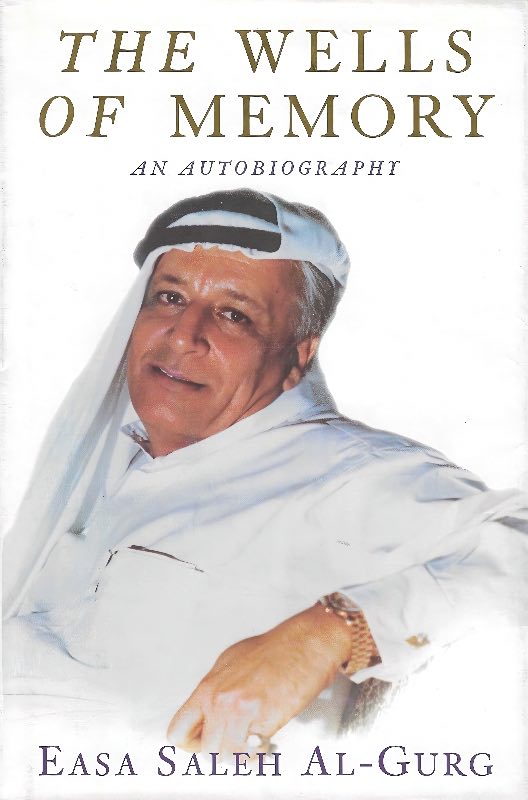
The WELLS of MEMORY is the remarkable record of one man's participation in the transition of the Arabian Gulf States from extreme poverty to immense riches
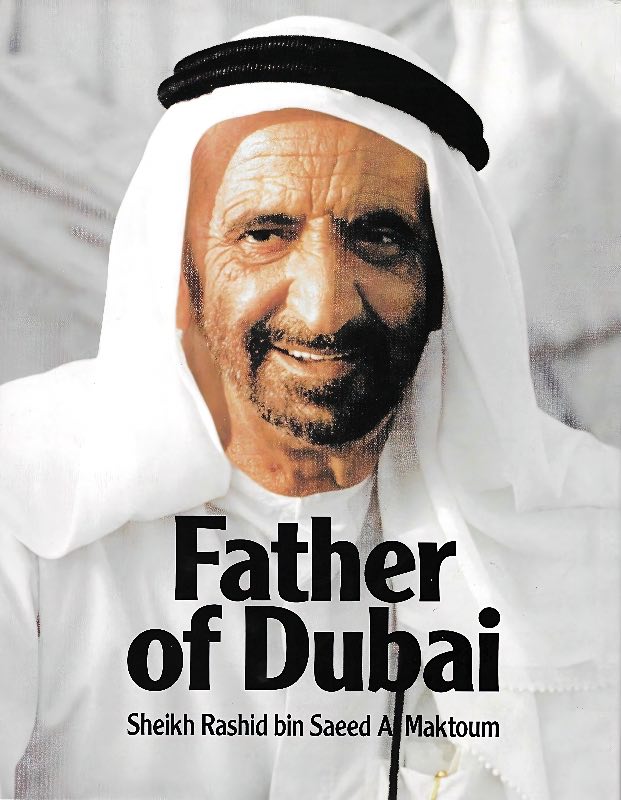
Sheikh Rashid bin Saeed Al-Maktoum ruled Dubai during the most critical period of its history, and in the space of one lifetime guided his emirate from obscurity to a position of significance on the world stage. His story is one of perseverance, shrewd planning and opportunities siezed, now for the first time told in full.
What emerges is the portrait of an extraordinary individual, a visionary leader justly recognised as the Father of Dubai.
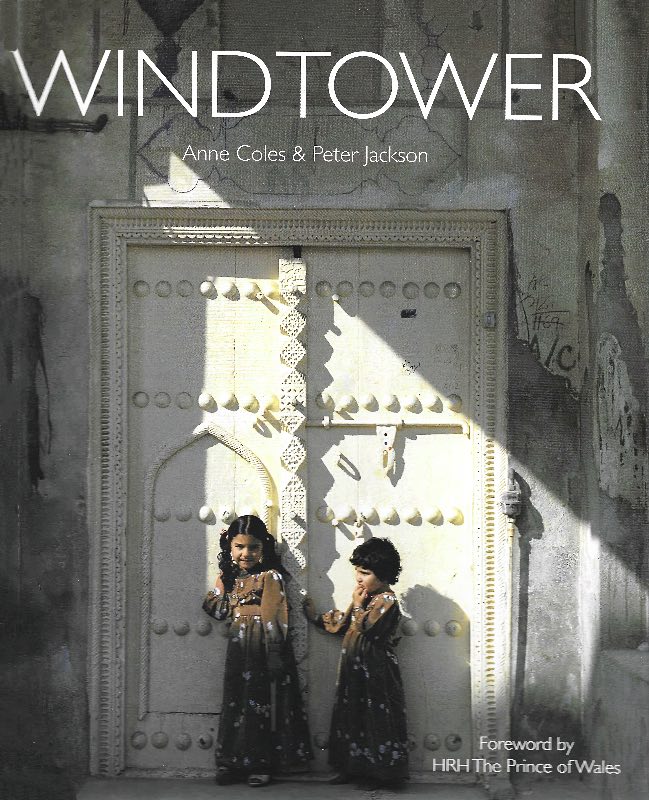
Windtowers have, for many, come to serve as a symbol of the lower Gulf's cultural heritage. These dramatic architectural features, typically found in the cour tyard houses of notable merchant families up and down the Gulf, are not only strikingly beautiful, but also highly functional - capturing the wind to achieve a natural form of air conditioning. Building on original research and a detailed architectural survey undertaken by the authors in Dubai between 1969 and 1974, Windtower includes their latest historical, social and technical research to provide a substantial book which offers a unique insight into the way of life of the inhabitants, their culture and history.
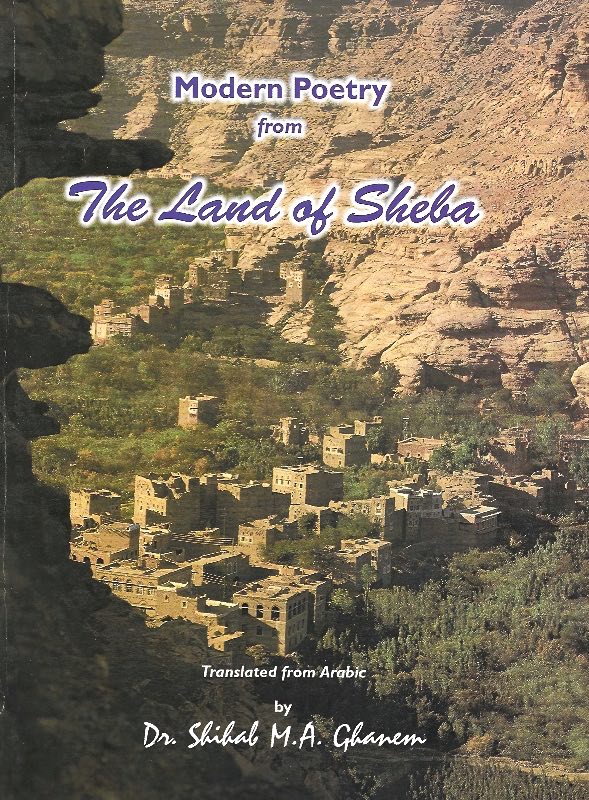
By bringing out English translations of Arabic poetry, Dr. Ghanem, who has been likened to the legendary Arab poet, Khalil Gibran with regard to his interest in the larger meaning of love has done an invaluable service to both Arabic and non-Arabic speakers in the world.
Emirates News
Bilingual poets are a rarity in any part of the world and Dr. Shihab M. Ghanem may well be unique.. His transl ations are widely appreciated , not least because they allow English-language readers to appreciate a form of literature they would otherwise find inaccessible
. .Khaleej Times
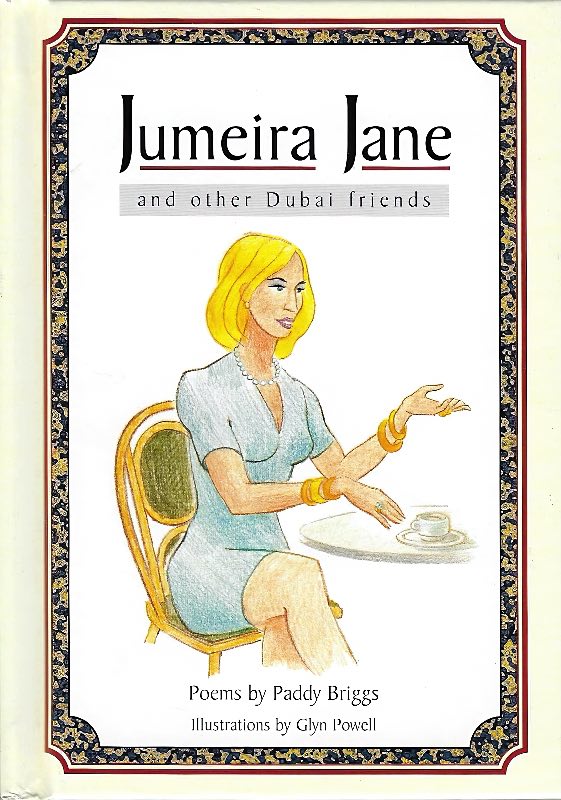
Paddy Brigg s has a career spanning five decades with a multinational oil company and has survived in spite of (or maybe beca_use of) his anarchic sense ot humour. In various overseas postings he has observed the British expat at work and play. and as an affectionate tribute to the Dubai version of this genus he has written Jumeira Jane.
BCAF - The British Community Assistance Fund - The author has donated his profits from the sale of this book to The British Community Assistance Fund.
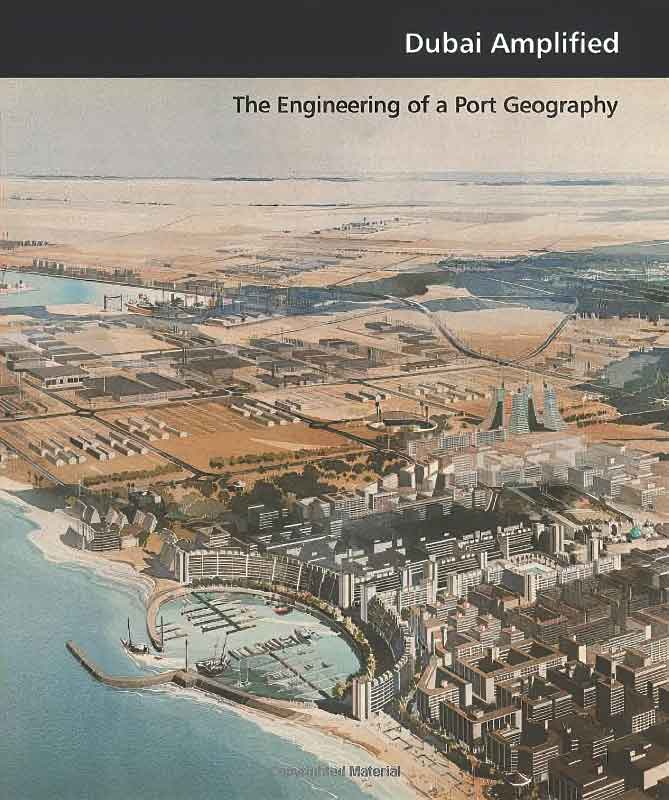
Following the British withdrawal in 1971, the Gulf Region entered a heady period of political restructuring, awash with oil money that helped fund national aspirations. Infrastructure investment became a central part of the region's nation-building initiatives and fueled strong competition. Without its neighbours' oil fields, infrastructure and territorial development became particularly vital to Dubai. This book provides a unique and detailed understanding of Dubai urbanism by demonstrating that cumulative programmatic intensification and scalar amplification of its large-scale infrastructural components guided its metropolitan growth and generated a territorial organization logic that outstripped the predictive capacity of traditional Western master planning. Dubai’s rapid series of infrastructural projects culminated in the Jebel Ali Port, Industrial Area, and Free Zone, which marked a definitive "before and after" point. The book shows how Jebel Ali also became the template for subsequent developments, Dubai World Holdings Company's international aspirations, and the agencies that manage and regulate Dubai's large-scale infrastructural projects today. Dubai Amplified highlights the cycle of typological borrowing, prototypical replication, and scalar amplification, specifically in Dubai's infrastructure projects, to best describe its general territorial development. While infrastructure is traditionally understood as the elemental "hardware" that undergirds urban development, the book concludes by arguing that the definition should be expanded in this case as more of a set of objects, networks, and services that cities can selectively borrow, replicate, and amplify.
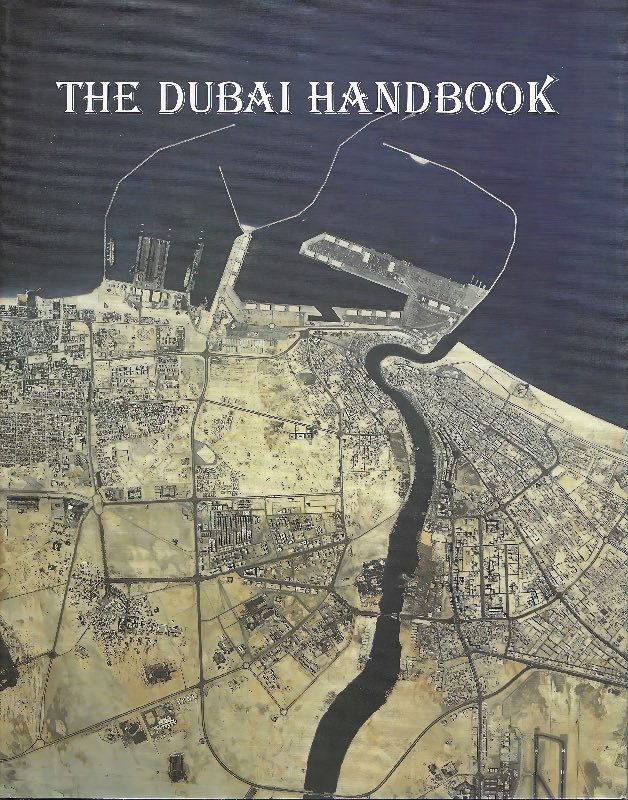
The development of Dubai is a fascinating story. This young metropolis has undergone rapid and dramatic changes within a very short period of time. To understand the nature and extent of its continuing transition is at once a challenge and a necessity for everyone encountering this intriguing land, whether privately or on business. The Dubai Handbook is intended to assist in this challenge by providing a detailed description and, for the first time, an economic geography of the Emirate. All the information and data contained in the book reflect the situation up to summer 1986, unless otherwise stated. The question of transliteration is always a difficult one for an editor to resolve. This book has been written with the non-Arabic speaker in mind , and no systematic attempt has been made to standardize the transliteration of Arabic words. Place names follow the spellings shown on current maps, particularly those published by the Dubai Municipality. Terms for flora, fauna and other natural features reflect local usage, which can differ considerably from the terminology used elsewhere in the Arab world. The Dubai Handbook is a team effort, in two respects. First, a number of colleagues and friends, experienced and well-informed on the Middle East, contributed chapters on their respective specialist fields. Their names can be found in the list of contributors and I am deeply grateful to all of them. Secondly , this volume benefits from the knowledge and experience ofnumerous individuals and institutions , to whom my fellow-contributors and I owe much for their patience and willingness to provide information. The arc stretches from the Municipality to the simple herdsman. Regretably, it is simply not possible to mention all of these by name here, but the help and cooperation offered by the Dubaian authorities deserves special acknowledgement. My personal thanks go to John D. Lung and Patrick J. Rooney. Without their encouragement and unwavering support, this book would never have been published. Finally, it must be emphasized that the opinions expressed are those of the contributors and their editor, and are not necessarily shared by the Dubai Petroleum Company or by the Government of Dubai. For whatever shortcomings and inaccuracies that remain in the book, I alone am responsible.
E. F. G.
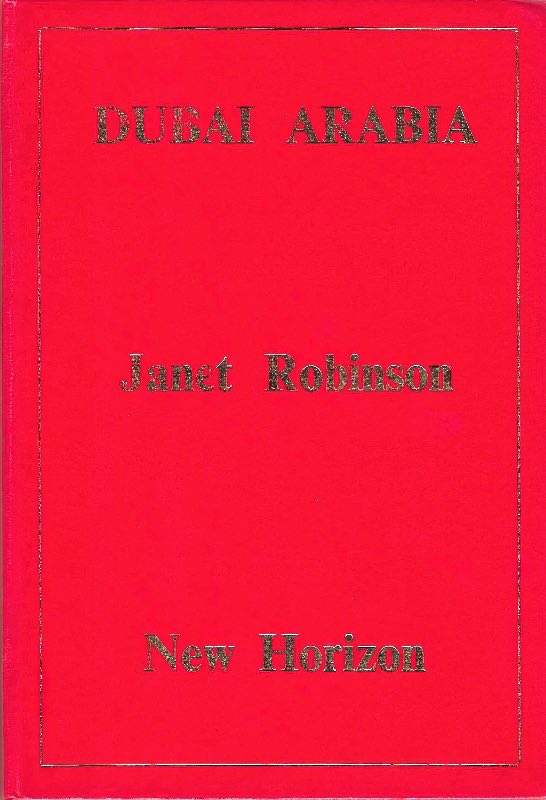
The Honeypot
Nobody noticed us, the worker bees at the Oil Honeypot. We were the forgotten people behind the scenes helping to build the New Arabia. The Gulf needed us but felt we were not there. But... we worked, and played, and loved our adopted count ry . We made our mark and so became as much a part of that fascinating, illusive land, as Lawrence. This is a story about us. Ordinary men, women and children. (You perhaps from Scotland, Jordan, India or Texas.) Thousands of us who, for a short while, were caught up in the romance and reality of the desert, sharing a unique experience. When the next chapter in the history of Arabia is written we shall say with pride:
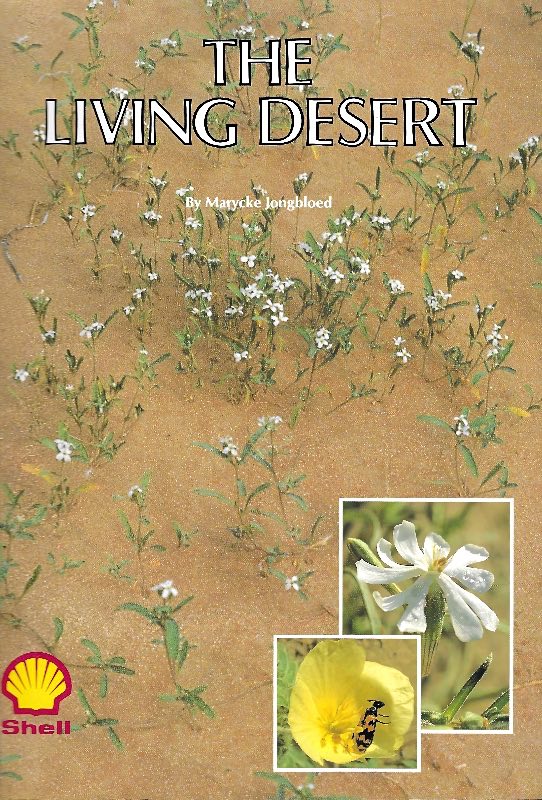
Plants and Insects of the Living Desert
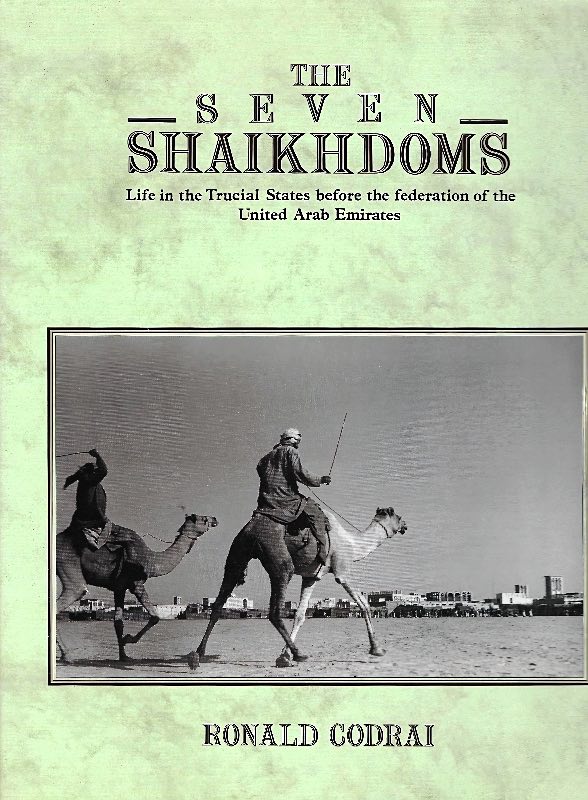
BEFORE THE UNITED ARAB EMIRATES developed into the sophisticated state it is today, following the discovery of oil in the 1960s, the traditional pattern of life had remained largely undisturbed for many hundreds of years. Change came so rapidly then to the seven Shaikhdoms - as they were before Federation in 1971 - that the remarkable photographs taken by Ronald Codrai in the 1940s and early 'S0s, reproduced here with his commentary, constitute a unique record of a way of life which has almost completely vanished. There were no frontiers, no roads, no electricity no telephones. Forts and watchtowers dominated the skyline of the small towns and villages. Most homes were made of palm-frond thatch; windtowers supplied 'air-conditioning' for the houses of Shaikhs and merchants. The first motor vehicles had only recently been imported into the area, and the camel was usually a surer means of transport. Virtually all water had to be hauled up from man-dug wells. The date palm provided not only a staple food, but also building material for homes and boats. This whole area was scarcely known to the outside world.
A harsh, precarious but not undignified way of life is stunningly portrayed in The Seven Shaikhdoms. Here are the pearling boats at work; the merchant mariners in their sailing vessels of immemorial design; the fishermen, the falconers. Here are the suqs and the scribes and the sailmakers; those who taught the Koran and those who dug the wells.
The hinterland dominated the scattering of little ports which gave the Shaikhdoms their identity; only Dubai was a considerable town. So here are the tribal nomads riding in from the edge of the Rub al Khali, the largest sand desert in the world - and here too is Wilfred Thesiger, famed for his journeys across it. Here are the first motor expeditions to the oases of the Liwa. Here are the feared Shihuh tribesmen in their highland fastness of Musandam. And here are the Shaikhs and Rulers with their young heirs, many a legendary figure of the past and some of the present too.
For those who knew this extraordinary land The Seven Shaikhdoms will set memories racing. For us all it recaptures scenes which would otherwise have been lost for ever.
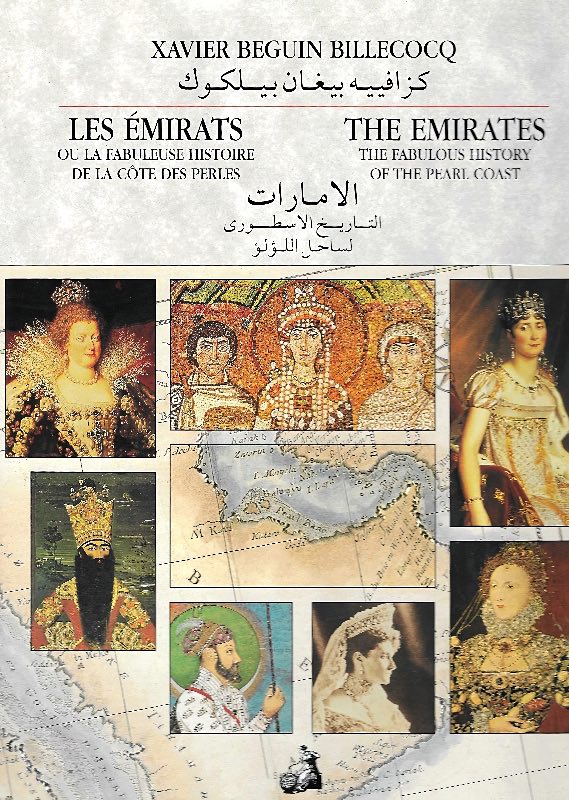
Originaly published by Al Nisr Publishing, Dubai
No longer in Print
Used Copies available from Abe Books
